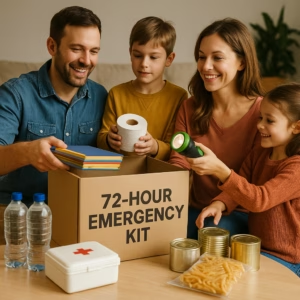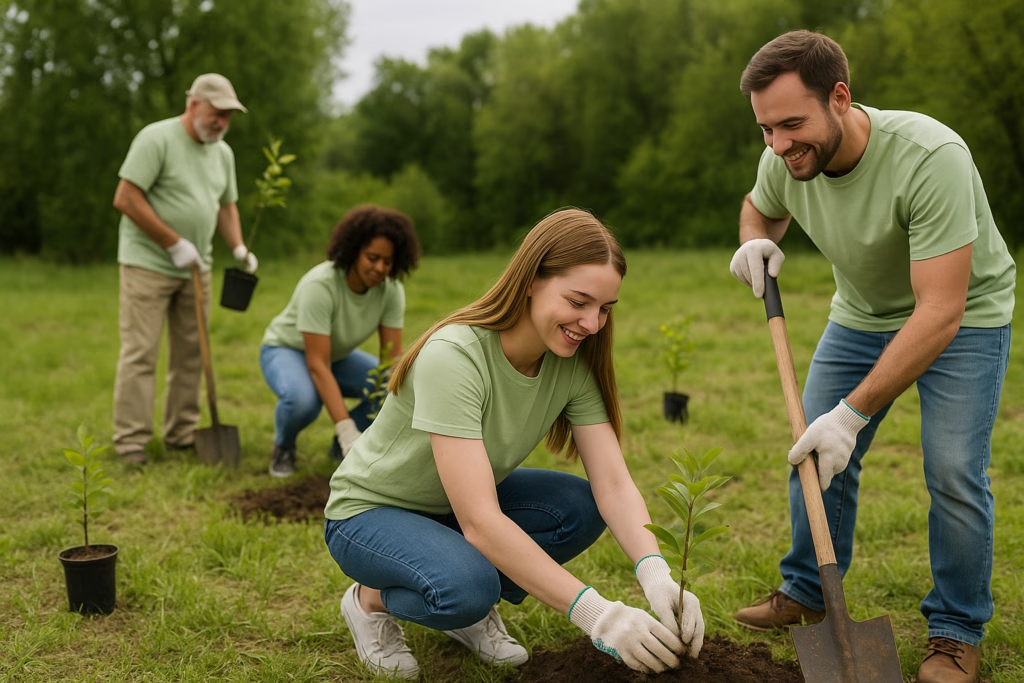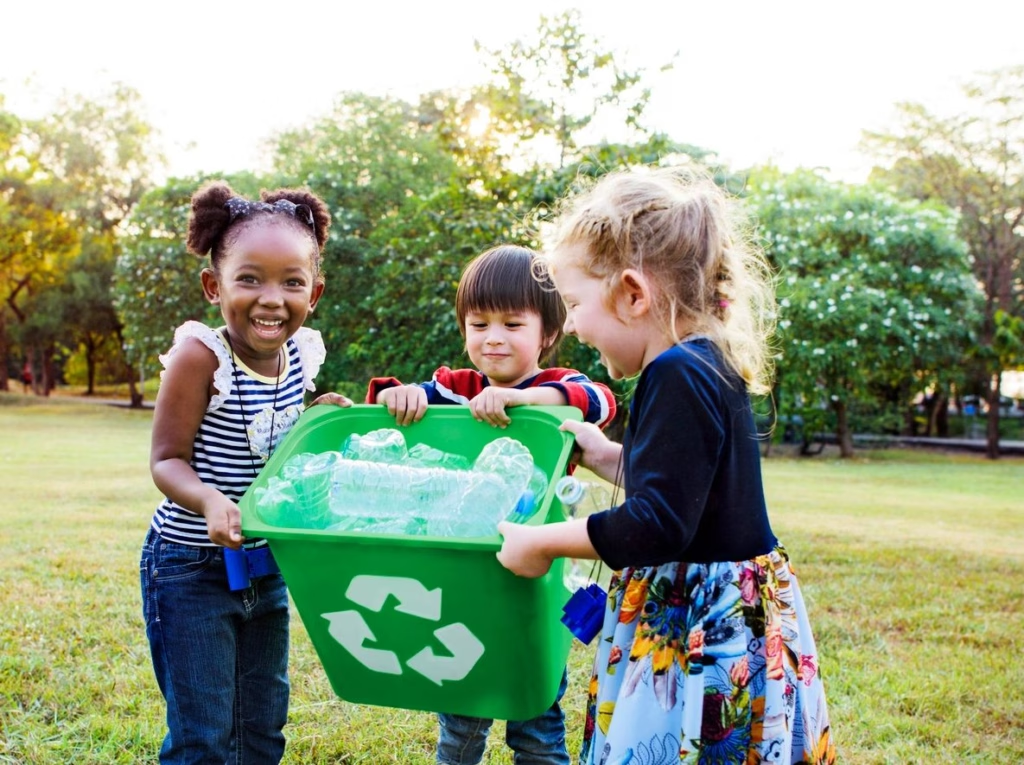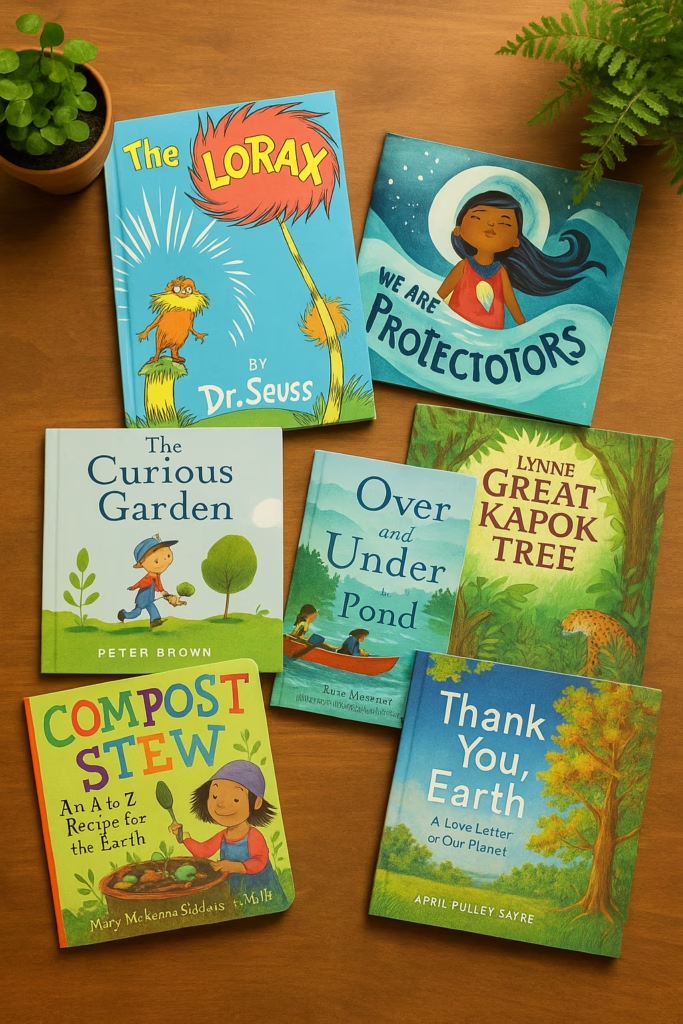With climate disasters becoming more frequent, European authorities are urging citizens to prepare 72-hour emergency kits. This proactive step not only ensures safety but also empowers families to face uncertainties with confidence.
Step 1: Assemble the Essentials
Begin by gathering basic necessities:
- Water: One gallon per person per day.
- Food: Non-perishable items like canned goods and energy bars.
- First Aid Kit: Include bandages, antiseptics, and necessary medications.
- Flashlight & Batteries: Opt for hand-crank or solar-powered options.
- Communication Tools: Battery-powered or hand-crank radio.
- Personal Items: Hygiene products, extra clothing, and important documents.
For a comprehensive list, refer to Ready.gov’s Build A Kit.

Step 2: Involve the Whole Family
Turning kit assembly into a family activity can reduce anxiety and build resilience. Engage children by assigning them tasks like checking expiration dates or choosing comfort items. This involvement fosters a sense of control and preparedness.
Step 3: Personalize Your Kit
Consider the unique needs of your family:
- Children: Include toys, books, or games.
- Pets: Pack food, water, and leashes.
- Elderly Members: Ensure medications and mobility aids are included.
Personal touches can provide comfort during stressful times.
Step 4: Practice Mindfulness and Establish a Routine
Regularly reviewing your emergency kit can create a sense of order and stability, helping reduce climate anxiety. Set a monthly calendar reminder to check and refresh your supplies. Combine this activity with mindfulness practices such as deep breathing, meditation, or yoga, which can significantly ease stress and foster emotional resilience. Consider dedicating one evening each month to kit maintenance, accompanied by relaxing family activities like board games or storytelling sessions. This approach turns preparedness into a comforting and familiar routine rather than a stress-inducing task.
Step 5: Educate and Empower Through Conversation
Building awareness and understanding within your family significantly reduces anxiety related to climate disasters. Use age-appropriate resources to initiate conversations about climate change, focusing on positive, actionable steps your family can take. Our articles 10 Powerful Reasons to Help Your Kid Understand Climate Change and 7 Uplifting Ways to Talk with Kids About Climate Change Today provide effective tools and conversation starters. Encourage open dialogues where family members can express their feelings and questions, reinforcing a supportive and informed home environment.
Step 6: Strengthen Community Connections
A robust support network is essential during emergencies. Get involved with local community groups, schools, and neighborhood associations focused on emergency preparedness. Participate in community drills and workshops, and share your own preparedness strategies and tips. Organizing neighborhood gatherings or casual meet-ups to discuss community-wide emergency plans builds trust and solidarity, greatly enhancing your collective resilience. These connections can offer significant emotional and practical support, reinforcing your family’s confidence and security during challenging times.
Step 7: Stay Informed, Adapt, and Stay Positive
Maintain awareness of local emergency procedures and climate updates through trusted sources such as local government websites and community organizations. Regularly adapt your emergency plan and kit based on new information or changes in your family’s circumstances, such as moving homes, changing schools, or health considerations. Keep communication channels open with local authorities through social media or community alert systems. To deepen your understanding of the broader climate context, explore informative resources like When Forest Math Fails: Carbon Counting. By proactively staying informed and flexible, you can positively manage uncertainty and inspire resilience within your family.


Plant-Based BBQ Recipes: Sizzle Sustainably This Summer
Summer BBQs are synonymous with joy, laughter, and sizzling grills—but did you…
7 Powerful Benefits of Solar Energy at Home That Save You Money
In a world of rising electricity bills and climate concerns, solar energy…
Climate Change, Social Justice, and the Powerful Lessons of May 1st
When we talk about climate change and social justice, we are not…
Empower Your Climate Action: Top Climate Online Courses for Lifelong Learners
If you’re a lifelong learner looking for ways to turn your passion…
7 Inspiring Children’s Books About Nature to Spark a Love for Earth
Building a strong bond between children and nature starts with the stories…
7 Inspiring Arbor Day Tree-Planting Events Near You to Join This Spring
Ready to Get Your Hands Dirty? Join One of These Arbor Day…




